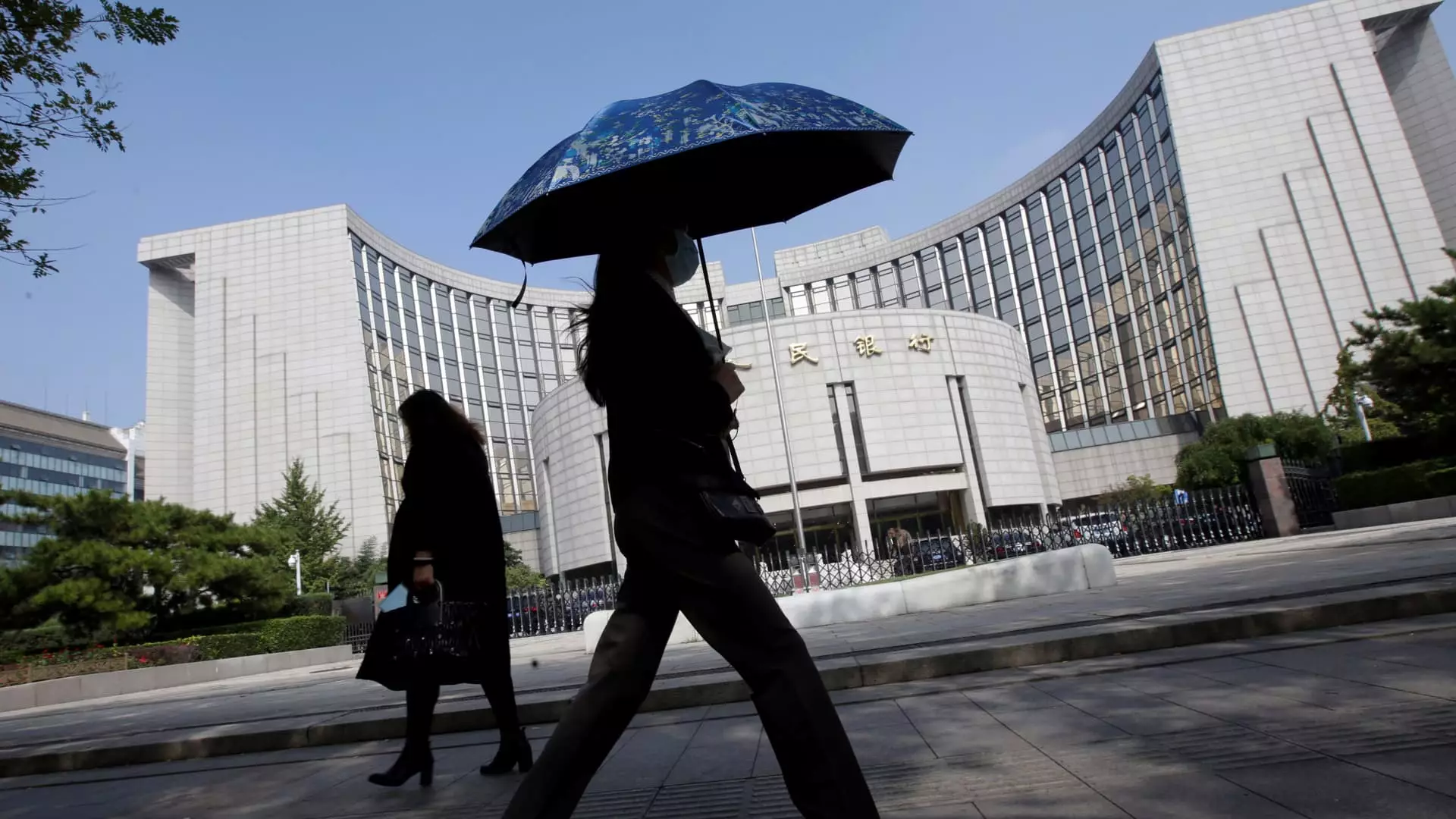Fitch Ratings agency has adjusted its forecast for China’s policy rate, pushing back expectations for a reduction to next year due to the high interest rates set by the U.S. Federal Reserve. The agency now predicts that China will maintain its one-year MLF at 2.5% for the remainder of this year, with a potential cut to 2.25% in the following year. This revision comes after Fitch initially projected one rate cut for 2024.
External Factors at Play
One of the primary reasons for delaying the rate cut is the external pressures on China’s economy, particularly related to the U.S. dollar exchange rate. Jeremy Zook, Fitch Ratings’ head of sovereign rating in Asia Pacific, highlighted concerns about the impact of changing expectations for the Fed on the Chinese currency. As the Fed maintains high interest rates, China faces challenges in adjusting its own policy rates. However, Zook anticipates that a potential policy rate cut by the Fed next year could provide more flexibility for the People’s Bank of China (PBOC) to maneuver.
The recent decision by the Federal Reserve to keep its key interest rate unchanged has further complicated China’s monetary policy outlook. The Fed’s indication of only one potential rate cut by the end of the year has contrasted sharply with investor expectations of more aggressive monetary easing. This disparity in policies has resulted in a stronger U.S. dollar against the Chinese yuan, nearing lows not seen since 2008. The pressure of capital outflows caused by a depreciating yuan adds to the challenges faced by the PBOC.
In addition to external factors, there are also concerns about internal challenges within the Chinese banking sector. Zook highlighted the issue of low net interest margins (NIM) for banks, which affects their profitability. The NIM is a key metric that reflects the difference between the interest earned on loans and the interest paid on deposits. These low margins pose challenges for the PBOC in terms of managing monetary policy effectively.
Despite the delays in rate cuts, PBOC Governor Pan Gongsheng reiterated the central bank’s commitment to maintaining a supportive monetary policy. He emphasized the stability of the yuan’s exchange rate amidst complex economic conditions. With major developed economies also facing uncertainties in their monetary policy decisions, the interest rate gap between China and the U.S. remains a significant factor influencing China’s policy direction.
The shifting dynamics of global interest rates, specifically driven by the Federal Reserve’s policies, have forced China to reevaluate its own monetary stance. The delay in rate cuts, coupled with challenges in the banking sector, underscores the complexity of managing monetary policy in a rapidly changing economic landscape. Despite these challenges, China remains committed to ensuring stability and flexibility in its policy framework to navigate the evolving financial environment.

